The Article
Diva II SP From Avid: Golden Ratios
16th August 2018
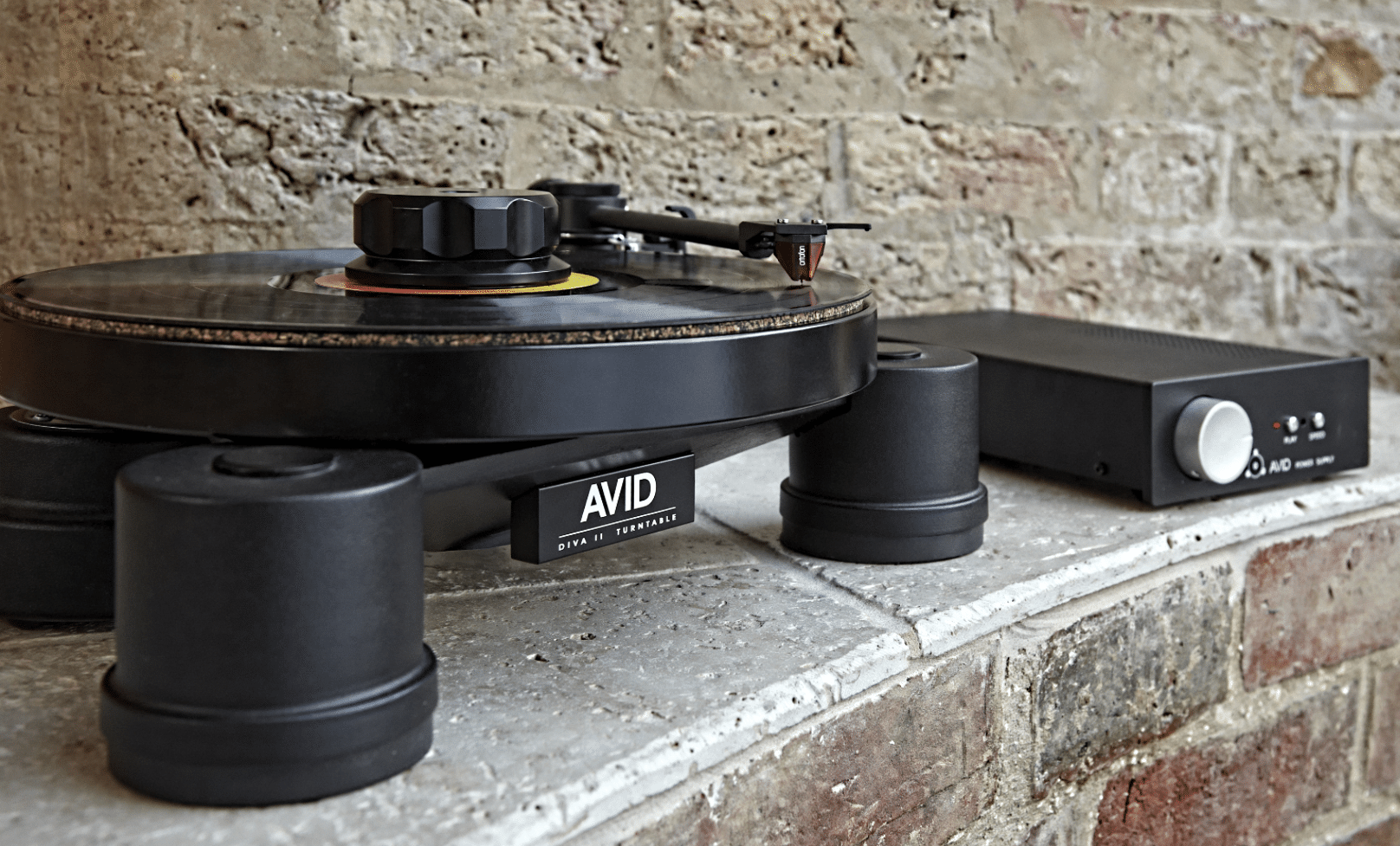
Just how good is the Avid Diva II SP as a source platform? Paul Rigby pushes the turntable to its limits
Although the company produces all kinds of hi-fi electronics and speakers, Avid began life as a turntable manufacturer, producing the excellent – and relatively expensive – Acutus design and then trimming that top-of-the-range model to create a host of lower cost models. Each retaining the core values of the original ‘mother’ Acutus.

The solidly built, belt-driven Diva II SP is an enhancement of the Diva II. Although both look very similar. The SP will give you a twin belt drive instead of the original single belt. Fitting the belts is awkward and might require a few tries before the belts are happy to run around the pulley. The issue is that there is no sub-platter here so you flip the platter upside down, and add the belts. The the juggling begins. You need to hold the platter with both hands, flip it over again, pull the belts with a finger and then, blindly, feel for the pulley which is hidden under the platter to then secure the belts around the pulley.
The process actually sounds a lot worse than reality. After a while, you’ll get the hang of it. Avid supply a securing pin that aids belt location but I found this option more trouble that it was worth. [NB: The company has informed me that customers will not have to be concerned with this bit because any newly purchased turntable will be installed by the dealer, which removes the issue completely]
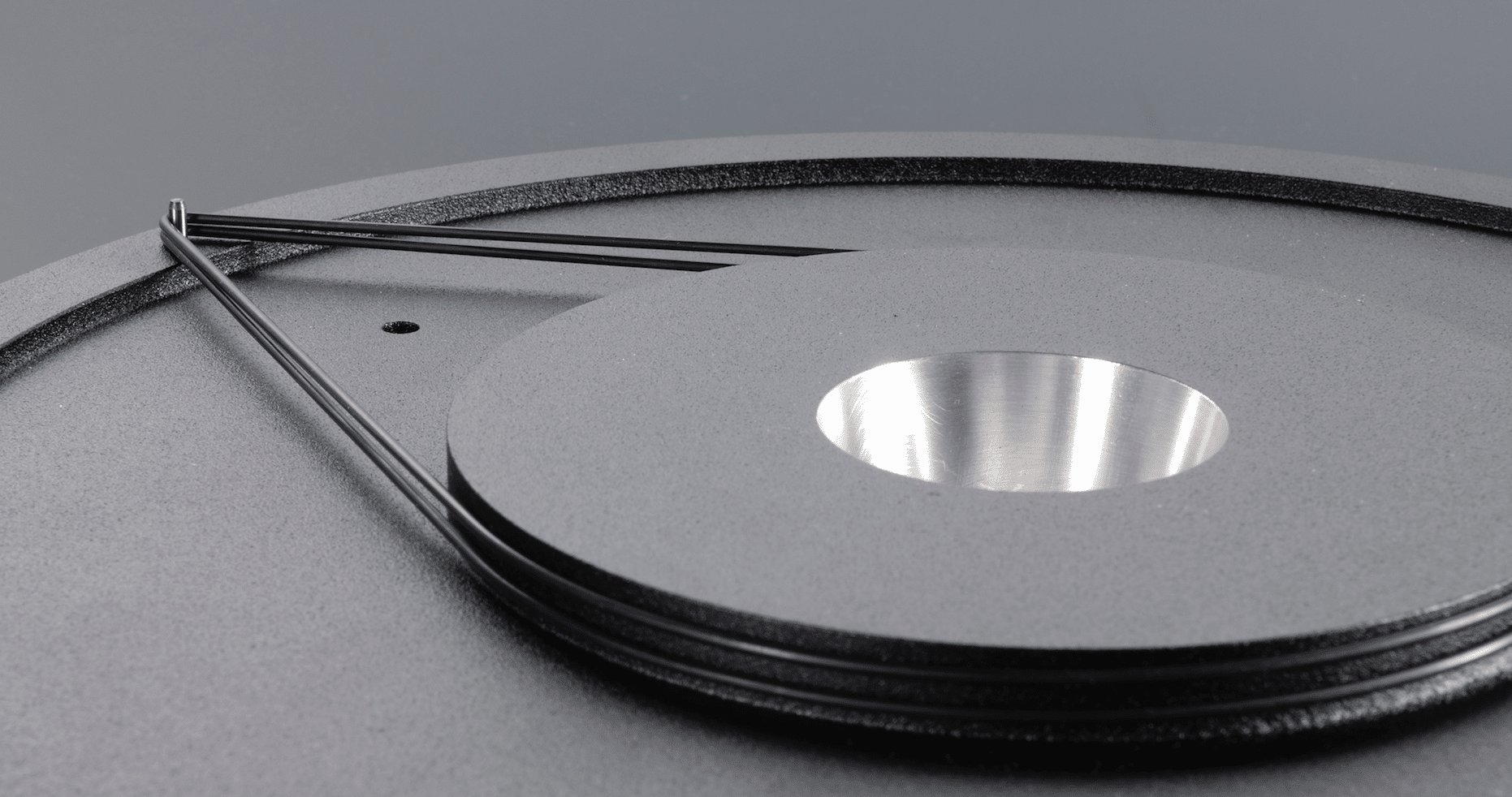
A metal platter is featured rather than the MDF of the standard Diva II plus a high quality Tungsten carbide/sapphire bearing assembly taken from more expensive models. A new frequency-adjustable power supply is also included which the company sees as more stable than a DC option. The DSP Vari-Speed supply uses Digital Signal Processing for signal generation and control. It sits in a small metal box featuring a power switch and two speed buttons. One starts and stops the platter and the other changes the speed, which is rock solid in use. Pressing and holding both buttons regulates the speed. Once done, you double press again the ‘save’ the adjusted speed into memory.
THE PHILOSOPHY
Before we get to the sound tests, part of the reason I was eager to tackle the Diva II SP was the package angle and my own evolving analogue philosophy. My reference Origin Live Sovereign turntable uses an in-house Enterprise arm and van den Hul cartridge and follows (well almost follows) a ‘golden ratio’ of 33:33:33. That is, the turntable and the arm cost around £5,000 each (give or take) while the cartridge is almost the same price, but slightly less at £4,000.
This cost split philosophy recognises the significance of the arm and cartridge within any turntable set-up.
I use the above example to illustrate that the price is not the most important thing here, it’s the price split.
Too many turntable set-ups do no such thing. In fact, many hi-fi fans would baulk at this idea. Gazing at the Diva II SP’s price, many would automatically attribute something like a £750 tonearm and £300 cartridge to the £3,300 turntable just on principle alone. Or even habit.
I understand that the turntable has to be right because it’s holding the tonearm. Yes, the turntable has to provide a solid and dependable platform for the arm. I realise that. Surely, though, the tonearm has just as much priority and also has to be solid and dependable for the cartridge? It is placed further up the source chain, after all. The cartridge also has an equal priority because it’s at the very top of the analogue chain.
So if the cartridge is doing its job but the tonearm cocks up, then you’ve lost signal quality right there and then…you’re stuffed. Nothing short of an intervention from Gandalf will get that lost information back again. If the cartridge and tonearm can’t hack it, then your precious information is gone forever. Fancy turntable or no fancy turntable. Actually, it doesn’t matter how good the actual turntable is, at that point. Hence, the cartridge/tonearm combo deserves more respect.
So am I saying that the golden ratio has to be exactly 33:33:33? That is, for example, a £1,000 for the turntable, a £1,000 for the arm and £1,000 for the cartridge? No, not at all, although its a level to aspire to. What I’m saying is that the split should at least be more even, there should be more focus on the arm/cartridge, the split should be there or thereabouts.
Ultimately, what I am advocating is this: more attention needs to be paid to the arm and the cartridge in a turntable set-up to create a proper signal source balance.
And why am I saying this now? Because currently, turntable design quality is pretty high in general terms. There are more quality designs on the market now than there’s ever been. Hence, I think it’s safe to turn our attention away from the plinth area and over to the tonearm/cartridge.
So what if cash is tight? Then I would make sure that you have a quality support for your tonearm (the turntable) and a quality support for your cartridge (the tonearm) by advocating a 40:40:20 ratio (or as near as you can). Initially spending most of your cash on the turntable and tonearm and then upgrading the cartridge when you can.
And if cash is tighter still? Then get the best turntable you can, of course.
Then, when you have the money, don’t upgrade the turntable again, don’t buy a better amp or speakers, get a better tonearm, then upgrade the cartridge and make those final upgrades generally equal in value as a rough guide.
Of course, no matter what, the turntable has to be quality. Looking at this Avid model, the £3,300 Diva II SP has to be capable of handling a £3,000 tonearm. I wanted to test this philosophy.
That is why I paired the Diva II SP with an SME IV which fits the ‘thereabout’ price point. In this case, the SME is priced at around £2,500. Off the end of the arm, I initially fitted a moving magnet Nagaoka MP150 (£350). In this way I was the guy with cash issues, doing the 40:40:20 ratio and looking for a cartridge upgrade later. I began my sound tests from this position.
SOUND QUALITY
I started the sound tests with David Bowie’s Low (1977) and the track Breaking Glass. This track has a dominant drum track within. It offers a ‘gated’ sound that abruptly stops after the drums are hit. It’s also slight smeary in nature and can partly cover the bass. Often ignored on this track is the rhythm guitar which acts as a sort of drone. A good turntable finds the detail here. A bad one turns this drone guitar into mere noise. Both guitars emerge largely from the same position in the soundstage as the drums. The vocal also emerges from the same area. The ride cymbal is positioned on the left channel with the lead guitar on the right.
With the MP150 in place I noticed the basics first and the Avid/SME passed those essentials with flying colours. There was no midrange smearing here, no brightness or tightness in the treble area. No blooming effects or smudging in the bass regions. In short, every frequency behaved itself.
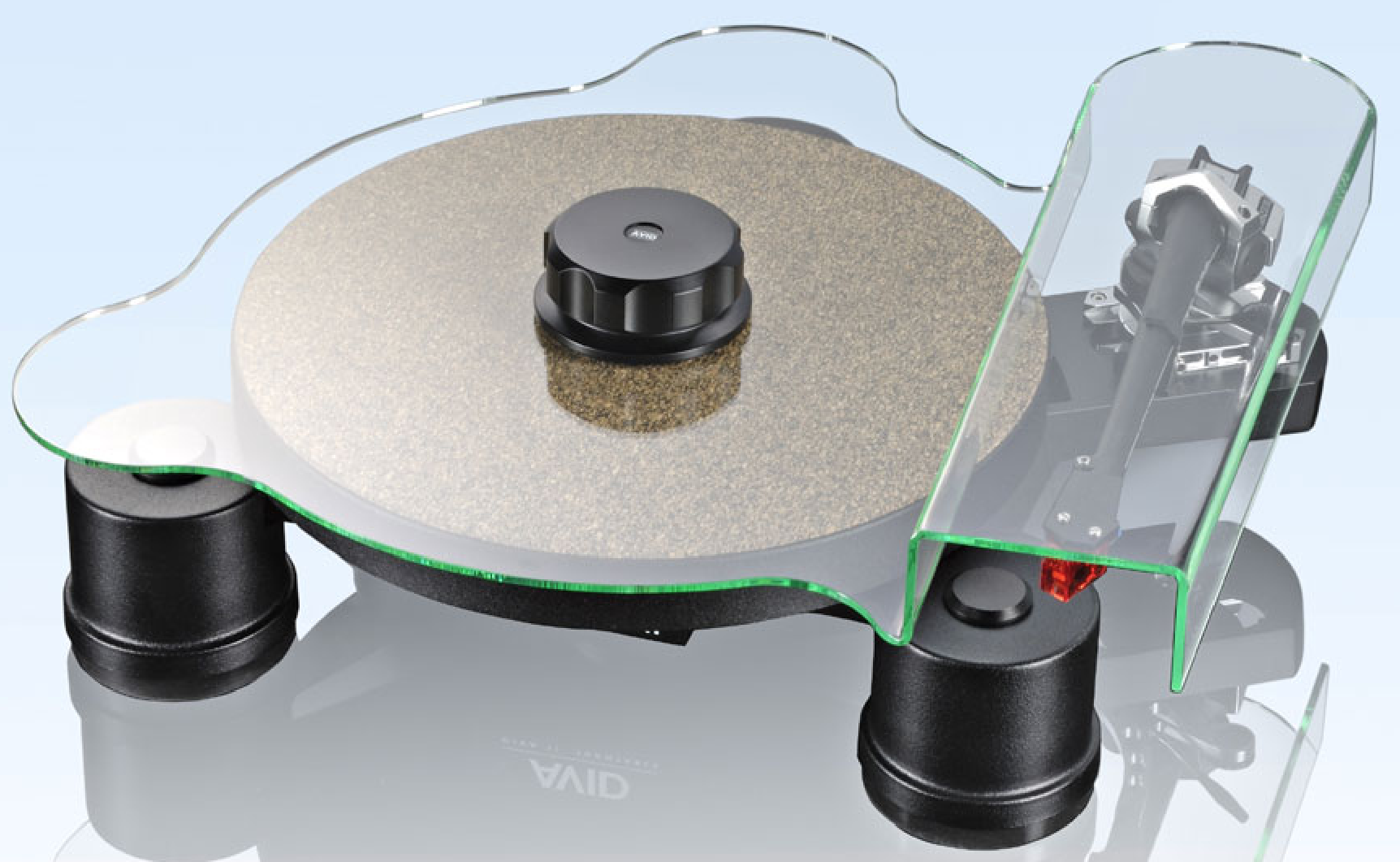
What delighted me was the separation from the drum kit of the bass guitar. The MP150 might not have exhibited a great deal of focus and the fullness and fine detail of a good moving coil but, for a quality MM, I was delighted with the results. The bass really was wrapped in and around the drums but the Avid/SME was able to tease the two apart, allowing the guitar to play a full part in the mix. Even the quiet moments were noticeable.
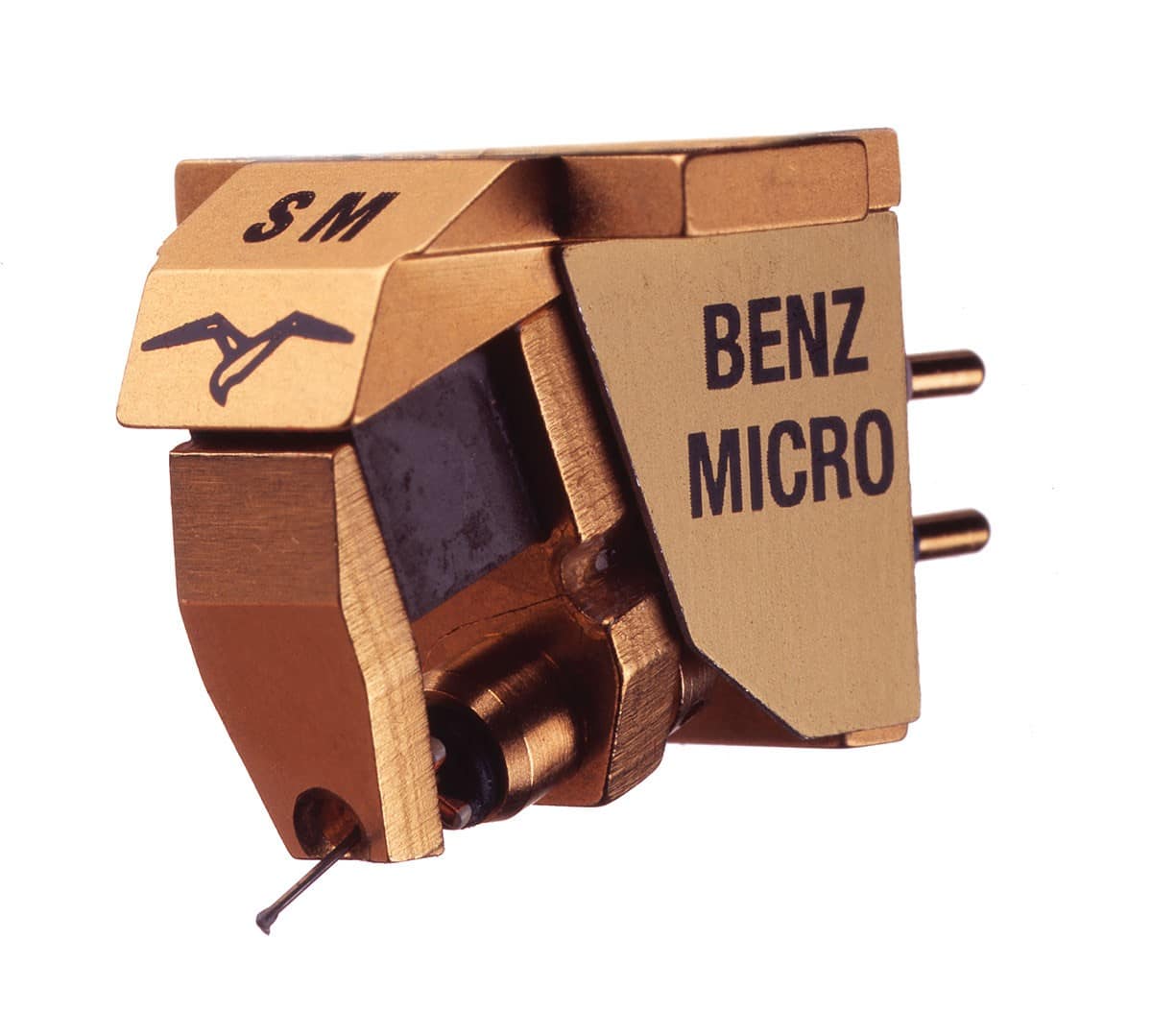
Similarly, the ride cymbal had a slightly whooshy, pulse effect when hit, that was recognised by the Avid. Again, the expansive nature of this effect was not as prominent with the MM cartridge but at least the raw information was there and handled with a sense of frequency discipline by the Avid/SME. That is, everything was in its place. Further, the lead guitar retained a ‘I’m playing this guitar in a slightly confined space’ feel while the Bowie vocal offered enough texture an involvement to bind the lot together well.
Looking to explore this platform further I upped the ante to a moving coil and Benz’s Glider (£890). I wanted to see if the Avid/SME combo could translate the different approach to sound from the MC design.
The Diva II SP again passed this test with flying colours as the warmth of the moving magnet gave way to a slightly cooler approach from the moving coil. Via the Benz, the Diva II SP recognised the greater degree of air and space around the upper mids which allowed more insight to surface from amongst the upper mids during the vocal sections. The drone-like rhythm guitar also offered extra detail and was pulled a little from the rear of the soundstage, separating itself a little which aided the 3D effect of the soundstage.
This separation of instruments, prompted by the the infusion of air into the soundstage, also affected the ride cymbal and lead guitar on either channel which had the effect of both adding new detail to the edges of the soundstage and then widening the same.
The Avid/SME was sufficiently sensitive to note all of these effects without any underlying sonic issues getting in the way.
In most cases, both of the above cartridges are over and above what you’d normally expect to find within a hi-fi review of this type. Most would never dream of hanging a £900 cartridge off the end of a Diva II SP. Yet, I wanted to go even further. I was convinced that the Diva II SP was not firing on all cylinders. Not just yet. So I brought in the heavy mob and a Koetsu Black K moving coil. Priced at £2,000, including this cartridge (kinda) completes the golden ratio of 33:33:33 (well, sorta) which means that the turntable, tonearm and cartridge are roughly the same price…ish Would the Diva II SP stumble?
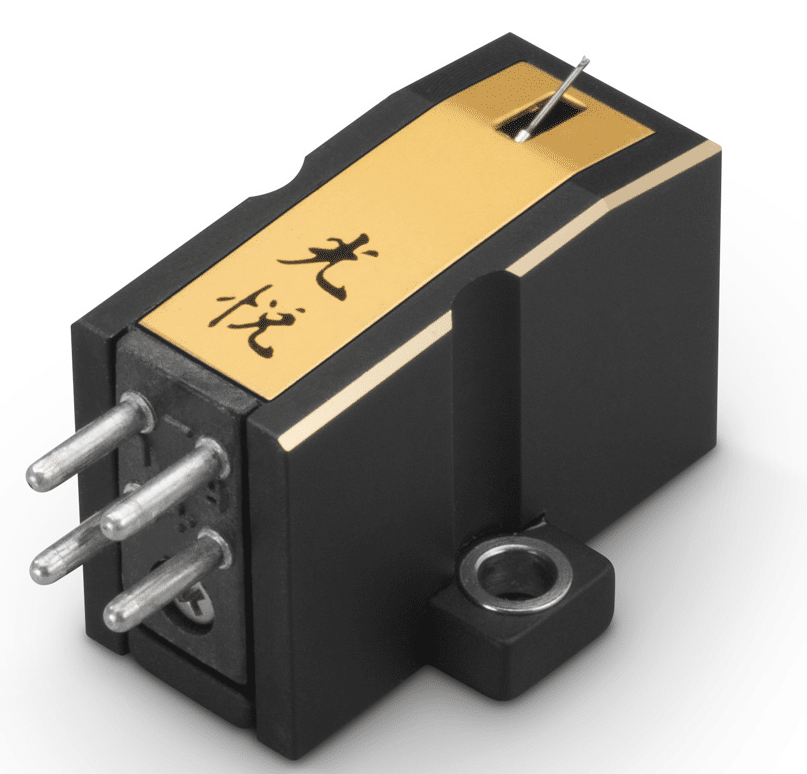
I turned to vocal jazz for this one and Eydie Gorme’s original pressing of All My Heart and the track, Don’t Worry ‘Bout Me and fired up the turntable.
The principle positive differences heard with the Black were surprisingly stark with improvements a-plenty. Firstly was the increase in image quality. The soundstage was arranged in a far more effective way within the full backing orchestra that made far more sense. The music sounded relaxed, less forced or tense.
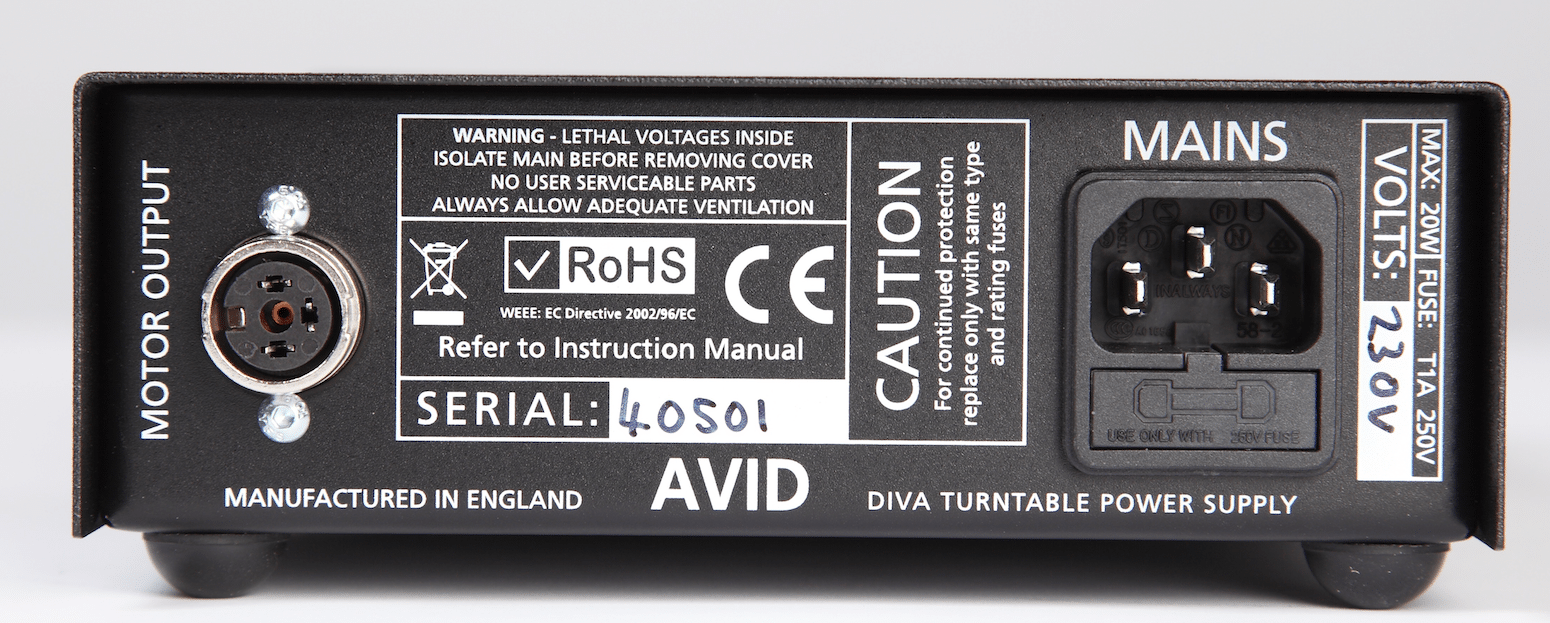
Midrange insight was also quite startling with those normal shy effects being bought forward and easily picked up by the ear (bass, in this case). The bank of strings added depth and a certain fullness that gave the music presence.
There was also an added smoothness and precision within the midrange, especially around the Gorme vocal performance. Finally, the overall detail was upped across the sonic spectrum, as if we’d someone had flicked a hi-res mode switch. The occasional harp interjection, for example, was full of new and subtle detail.
CONCLUSION
If you’re looking for a wide-ranging and broad conclusion here then it is this: a lot of midrange turntables out there could benefit with an immediate tonearm upgrade. There’s a hell of a lot of unfilled capacity out there. And I mean a lot. Turntables are going to waste and are being upgraded needlessly.
Specifically, in terms of this review, the Diva II SP certainly exhibits extra sonic capacity and shows that it can easily support a £2.5k tonearm and a £2k cartridge without any problems at all. Of course, the fact that the Avid is a quality design helps this situation. More than that, the music played by such a system offered a quality that was surprisingly effective and bursting with style. Certainly, when the Diva II SP is not hampered by tonearm/cartridge bottlenecks, it offers superb sound quality and great value for money.
AVID DIVA II SP TURNTABLE
Price: £3,300
Website: www.avidhifi.co.uk
Tel: 01480 869 900
GOOD: value, solid design, open mids, imagery, instrumental separation
BAD: nothing
RATING: 8
[Don’t forget to check out my Facebook Group, The Audiophile Man: Hi-Fi & Music here: www.facebook.com/groups/theaudiophileman for exclusive postings, exclusive editorial and more!]
REFERENCE
Origin Live Sovereign turntable
Origin Live Enterprise 12″ arm
Van Den Hul Crimson XGW Stradivarius Cartridge
Icon PS3 phono amplifier
Aesthetix Calypso pre-amp
Icon Audio MB845 Mk.II monoblock amplifiers
Quad ESL-57 speakers with One Thing upgrade
Vertex AQ, Gekko & Tellurium Q cable
Blue Horizon Professional Rack System
Harmonic Resolution Systems Noise Reduction Components
All vinyl was cleaned using an Audio Desk’s Ultrasonic Pro Vinyl Cleaner

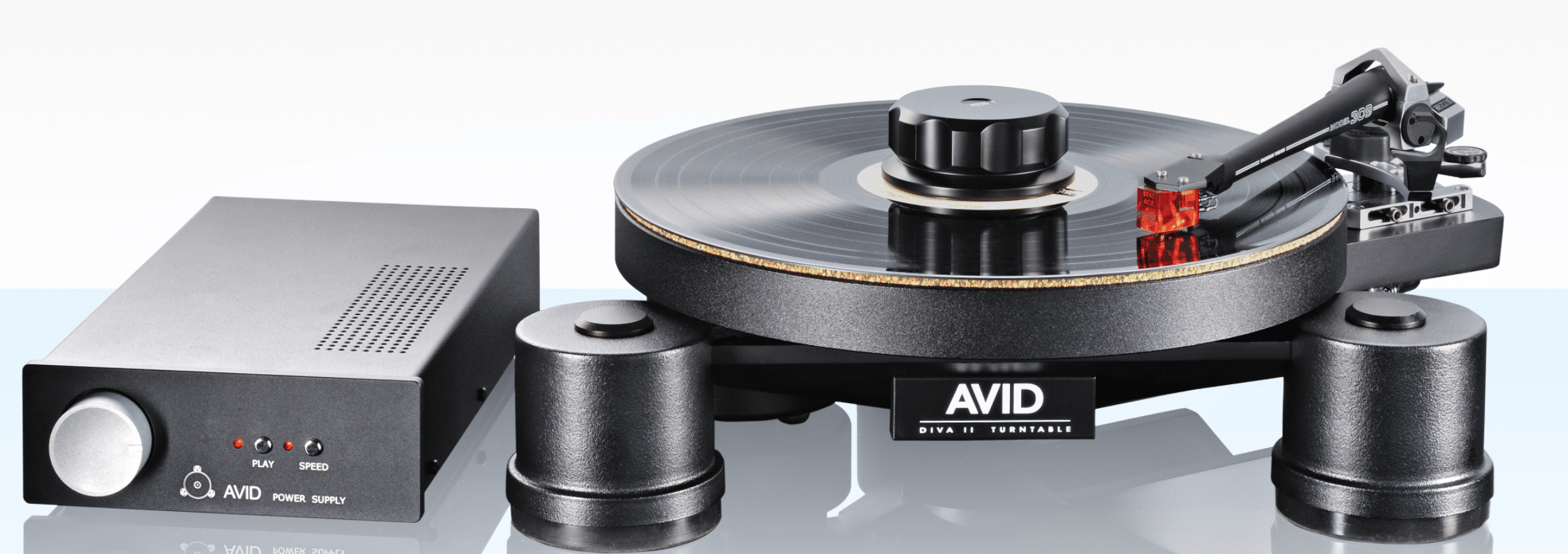
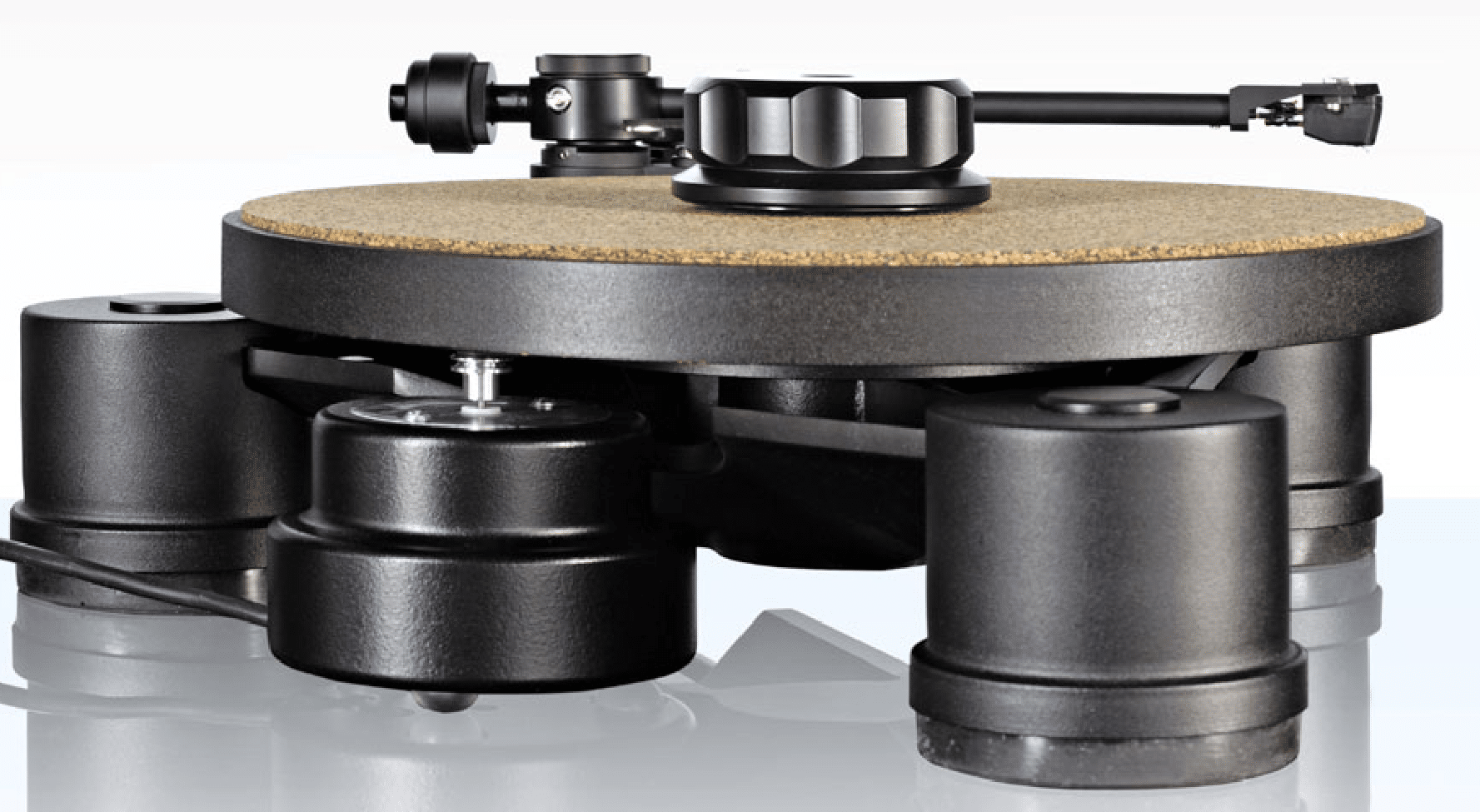
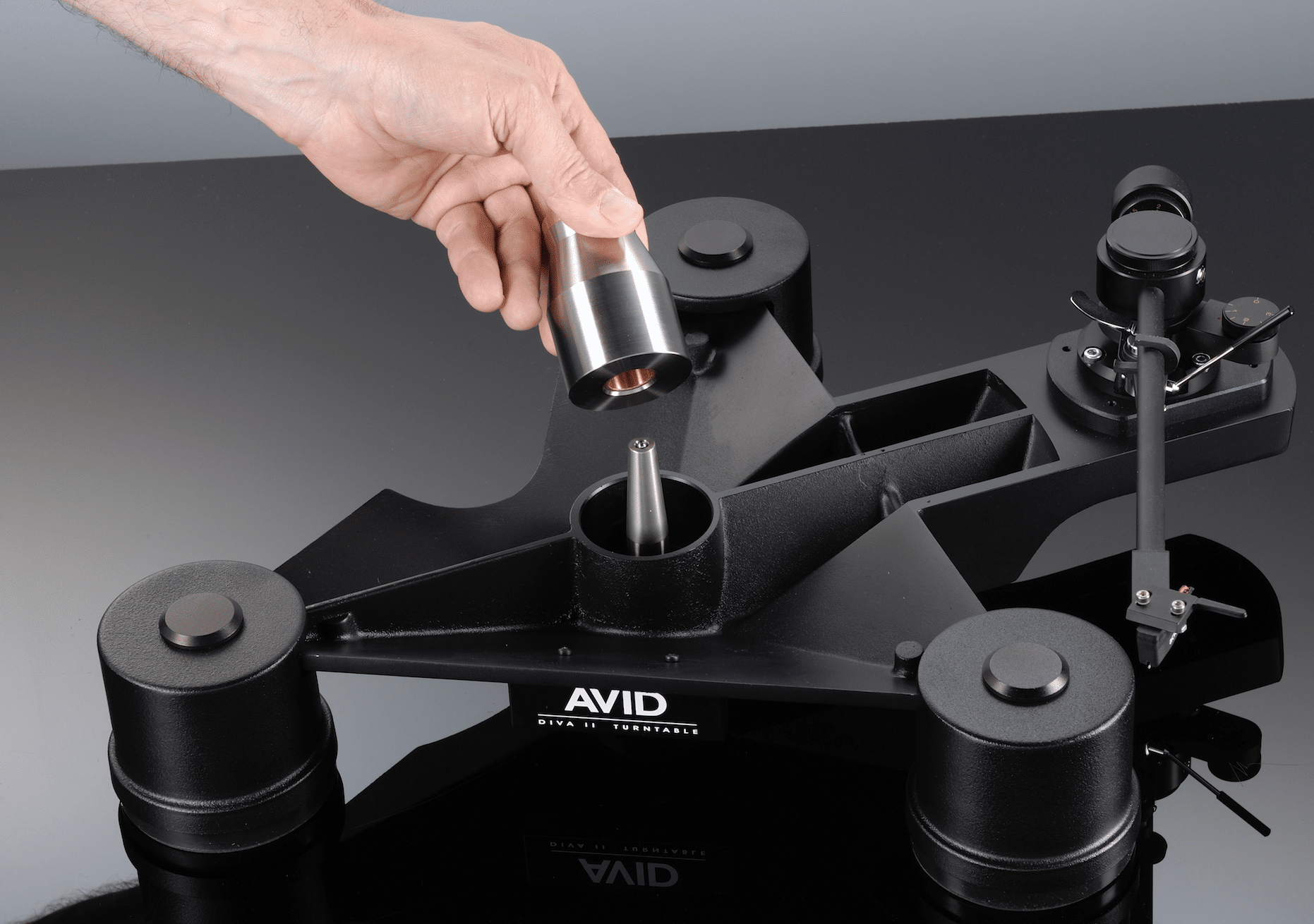
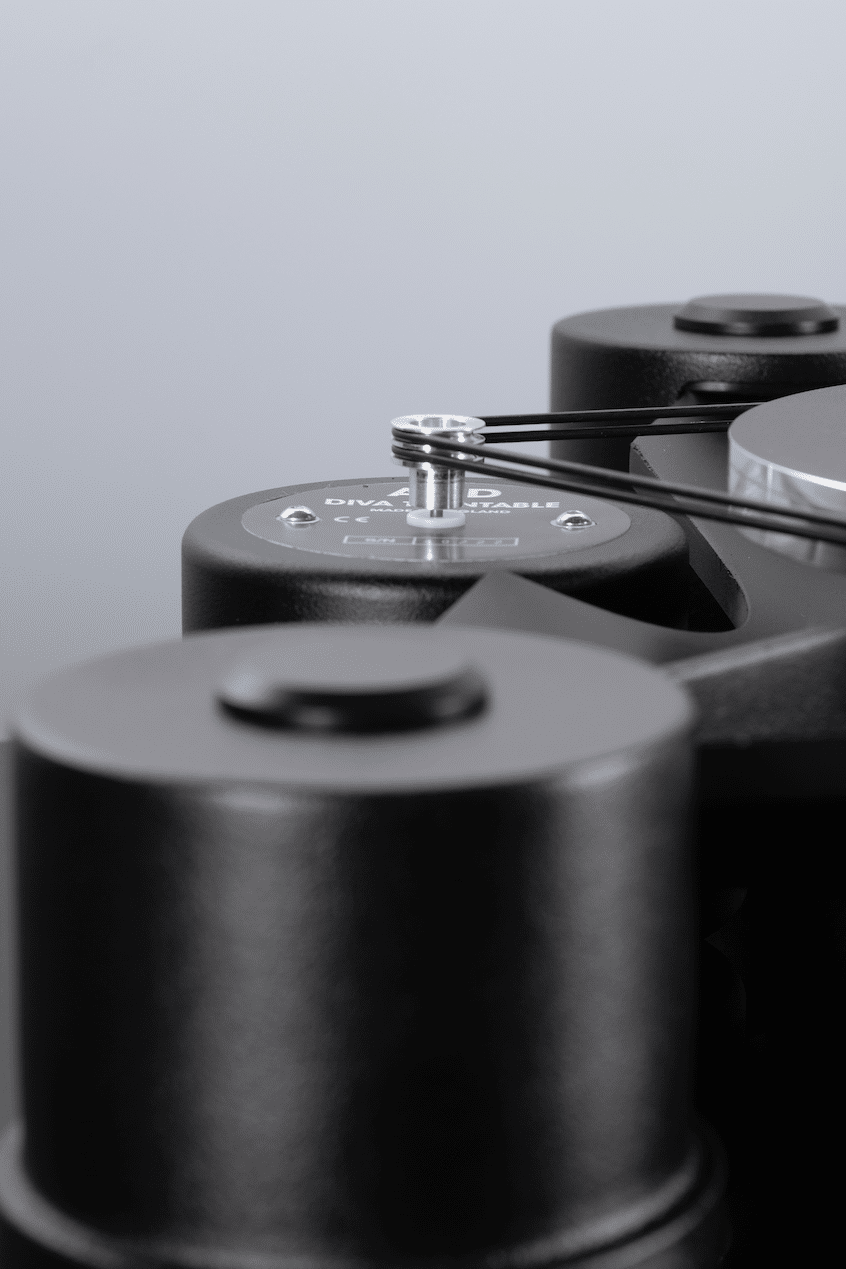
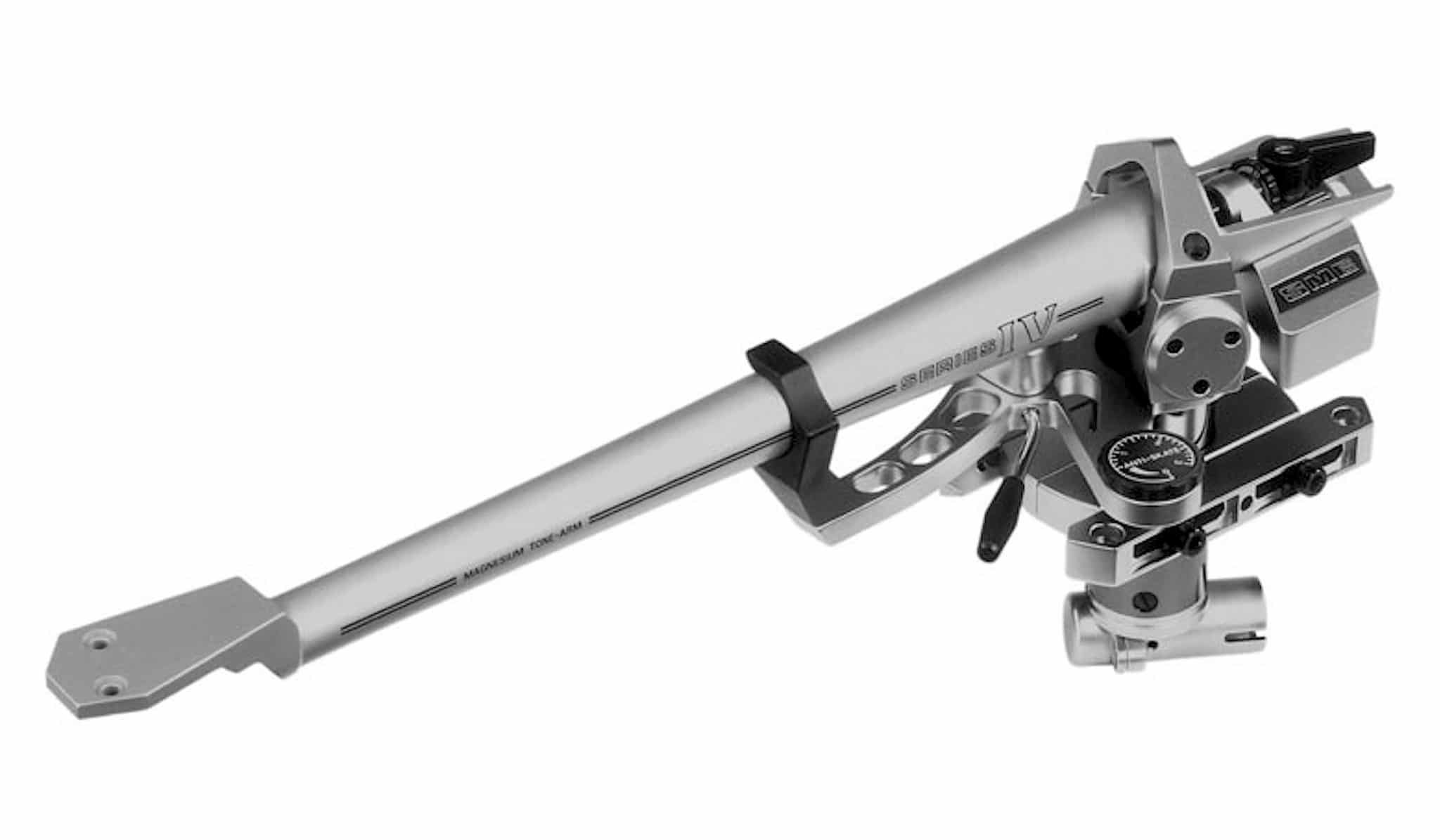
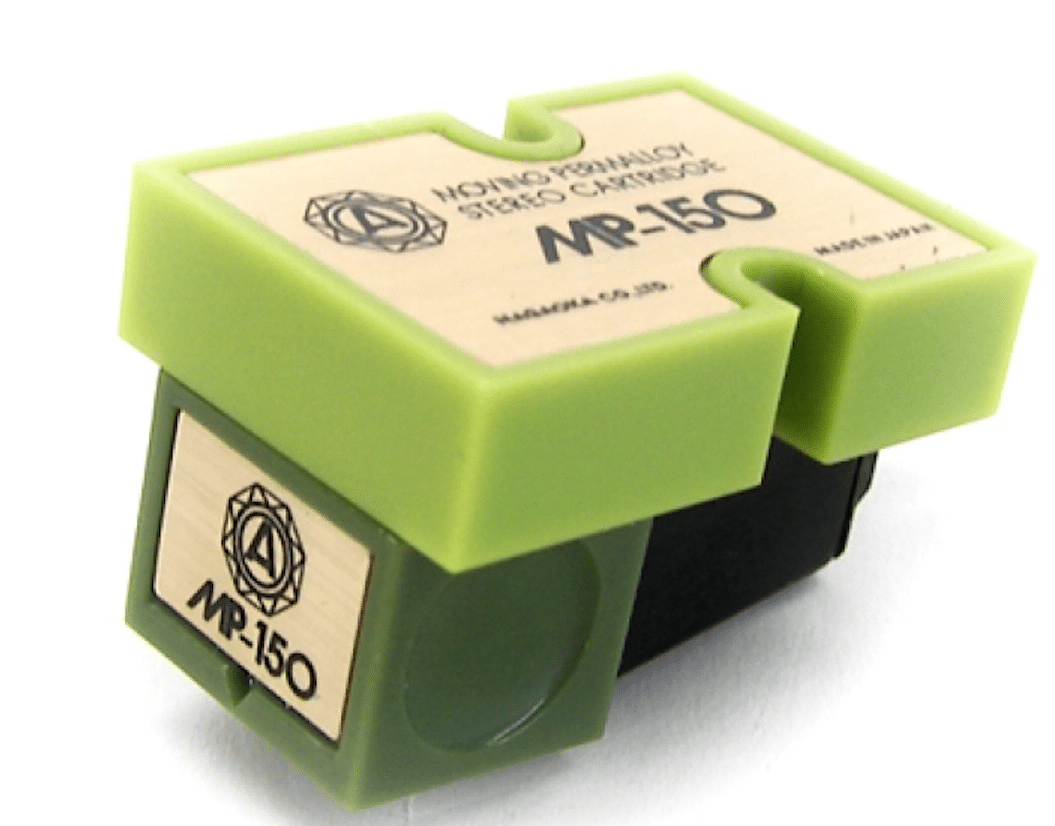
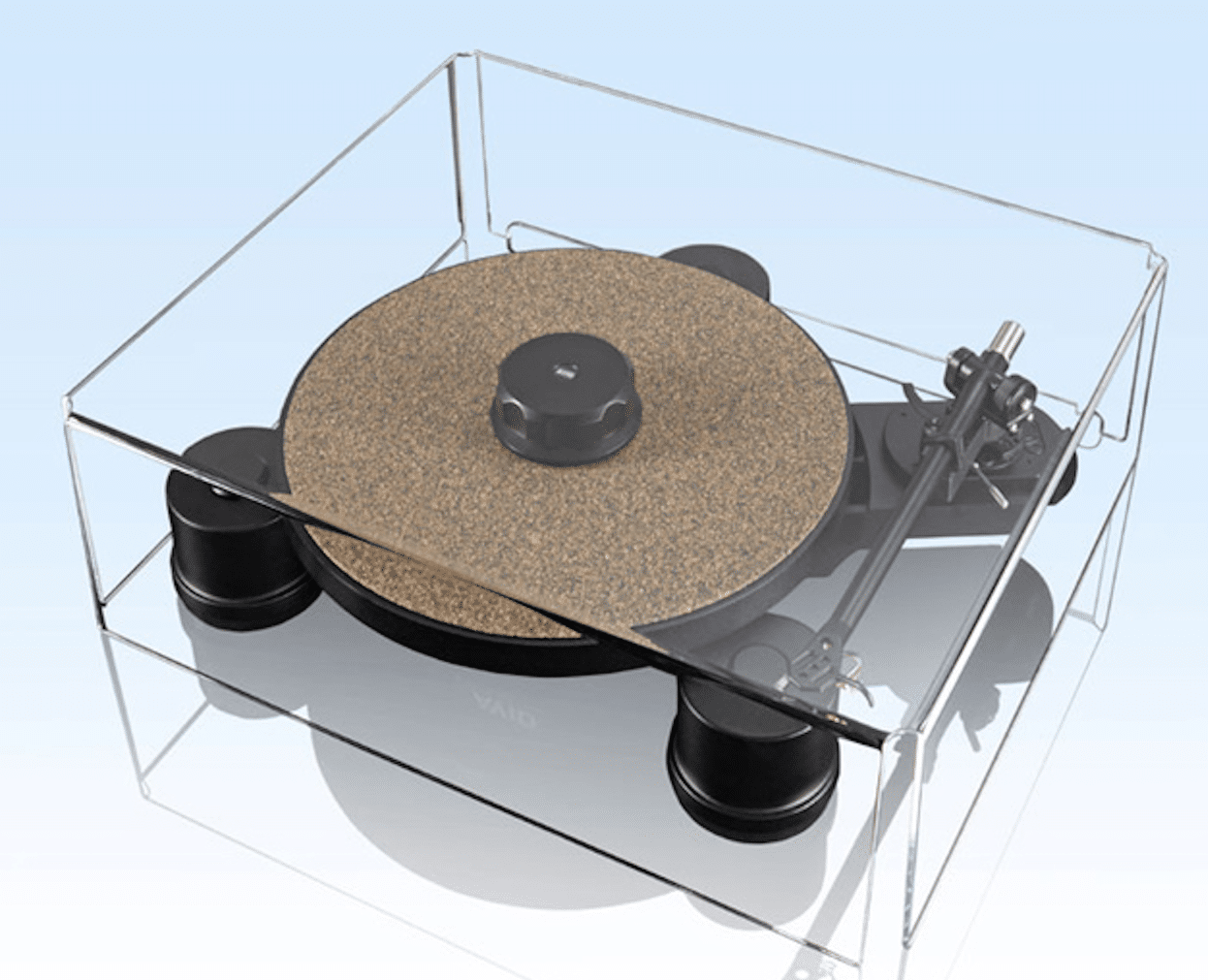
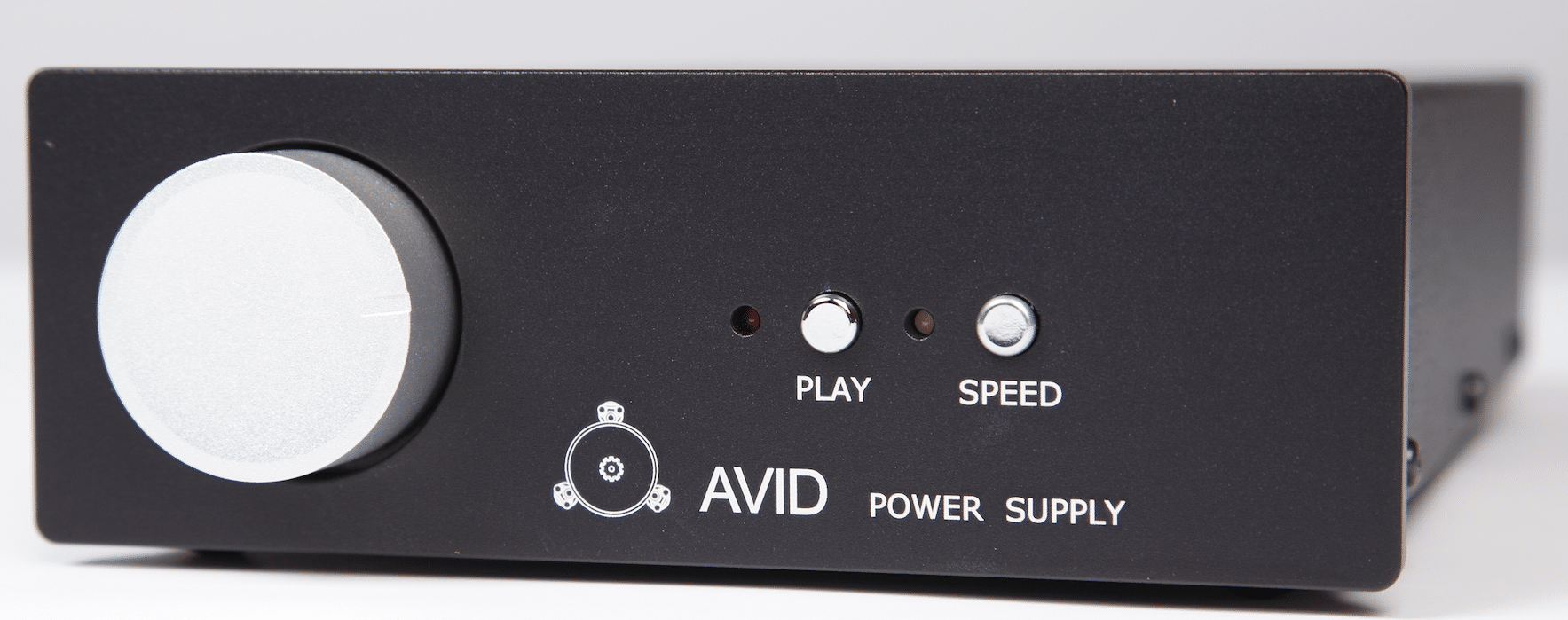


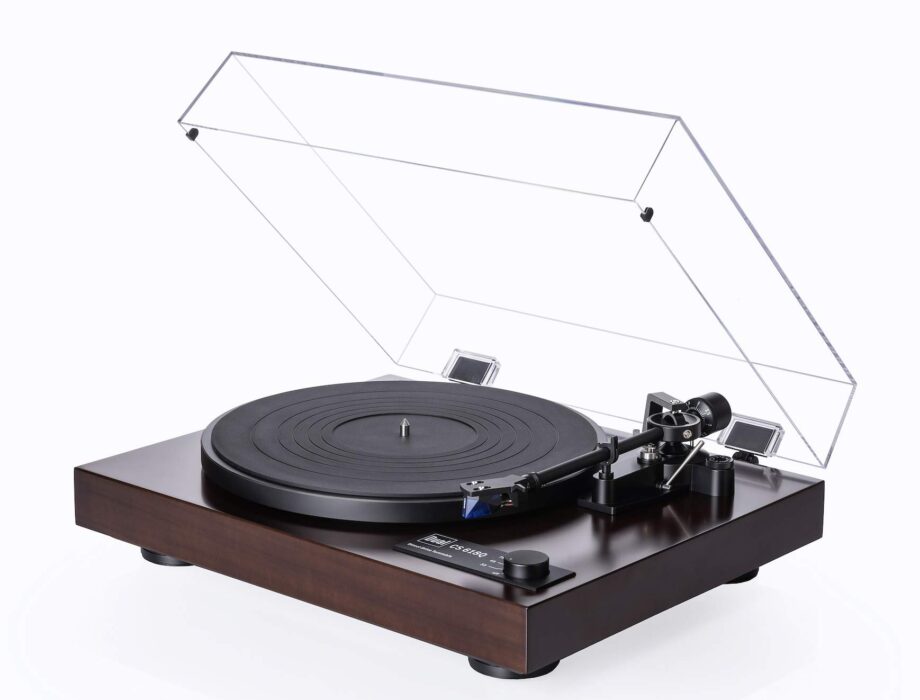
To be fair SME IV is now closer to £2750 and Nagaoka MP-150 is a bit cheaper, starting at £250 (I’d skip that and start at least with MP-200).
Would would be interesting is to read about how it compares, for example, to Michell Orbe or other turntables in this category – and there are few.
Thank you..
Thanks hex – well, that’s quite another feature direction but I’ll put it on my list 🙂
Thank you and forgot to say that I really enjoy reading your articles
That’s very kind of you to say hexx, thank you.
Hi Paul. I’d be interested to hear how your 33:33:33 philosophy extends to the rest of the audio chain. How would you split the total cost between turntable/arm/cartridge, amp and speakers? And that’s ignoring the complication of a phono preamp.
Hi Trevor – thanks for your question. A rough guide? As the source is the bit extracting the information from the grooves and as that information cannot be magically conjured up from the amp or speakers then I would spend most cash on the source [i.e. turntable/arm/cart] and then less on the phono and less still on the amp and least on the speakers. Then slowly upgrade from that point onwards.
Having read your thorough review, I agree 100% as I followed down your path by partnering the Diva with an SME 309 arm and a Phasemation PP300 cartridge – match made in heaven. Signal amplified by a Pass Labs XP-15 phono stage, routed to a Pass Labs XP-10 line stage, delivered to a pair of Kharma MP-150 monoblocks, driving the Kharma CRM 3.2 FE Black Label speakers.
Thanks for your comments Chris and happy to hear that you’ve found a good sonic combo that you enjoy 🙂
hey paul, you reckon the clearaudio satisfy carbon tonearm with a nagaoka mp-200 would be a good match for the diva II SP?
really dig your reviews, very thorough
Hi Juan – sounds good although, if you have the funds, I’d go for a more capable cartridge to get the best from the AVID.
yes that would be in the future, first I´d have to upgrade the phono of my simaudio moon neo ace for a more capable one that can maybe handle MC, for now I think I keep the MP-200, do you have any kind or recommendation for that tonearm? thanks for answering paul
No problem, Juan – the arm is a good one. Also take a look at Origin Live for alternatives.
it was already bundled with the package, should I go ahead and change it? also, as I did mention I have the moon neo ace, which phono could you recommend to improve upon that amp phono section ? would the standalone moon 110lp standalone be an improvement or maybe you can recommend something different?
If the arm was bundled then go with that. As for the phono? That will depend on your budget but the 110 is a good choice.
you think it would make enough of a difference from the phono of my ACE?
If you’re happy with the internal Ace model then stick with it. Moon do a particularly good job with internal phonos. Better than most. Ultimately an external phono will be an improvement but cash, space and your opinion of the current Moon option needs to be weighed up before a purchase, of course.
thanks Paul, I think that is my next step, improving the phono of my simaudio moon ACE to an external one, happy new year, stay safe.
Paul, thank you for all the reviews and videos. I have a question for you. I’m considering getting a nice “mid-range” turntable, and I was set on getting the Rega Planar 8. However, I saw a picture of the Michell Gyro SE somewhere, and it looked great. Now, the Avid Diva II looks like a great option, too. How would you compare these three options, sound-wise? I listen to mostly classical and jazz music, and live in the US (prices are a lot higher here).
Hi James – All three are excellent designs and, if you decided to go with any from your list, I’m sure you wouldn’t be disappointed. I would lean towards the Diva, though. Both in sound terms and basic design.